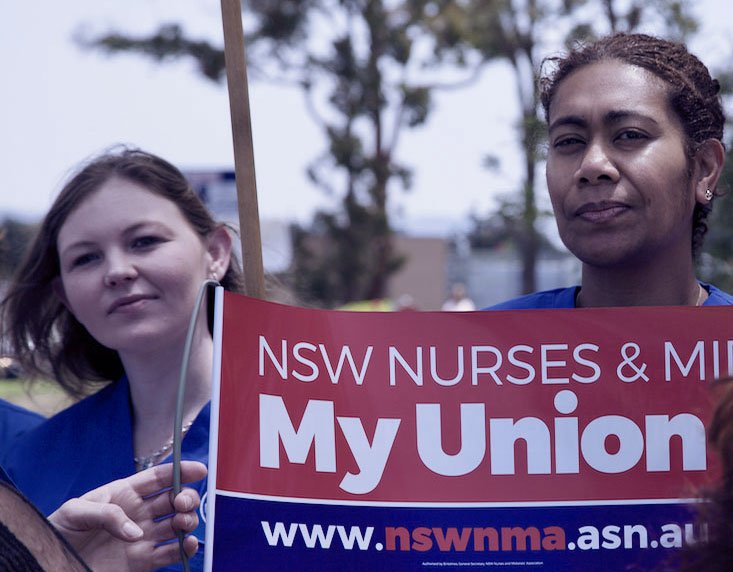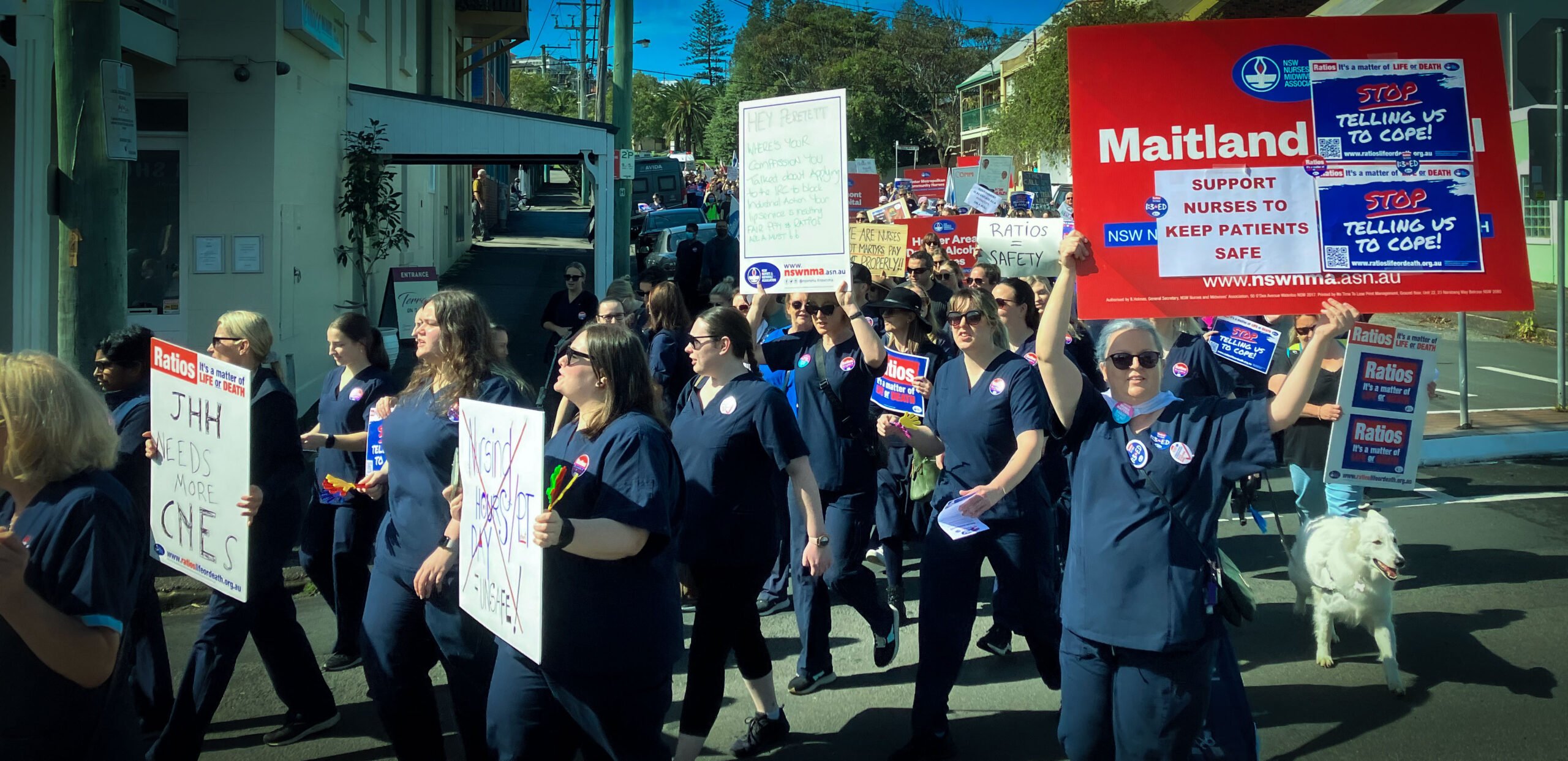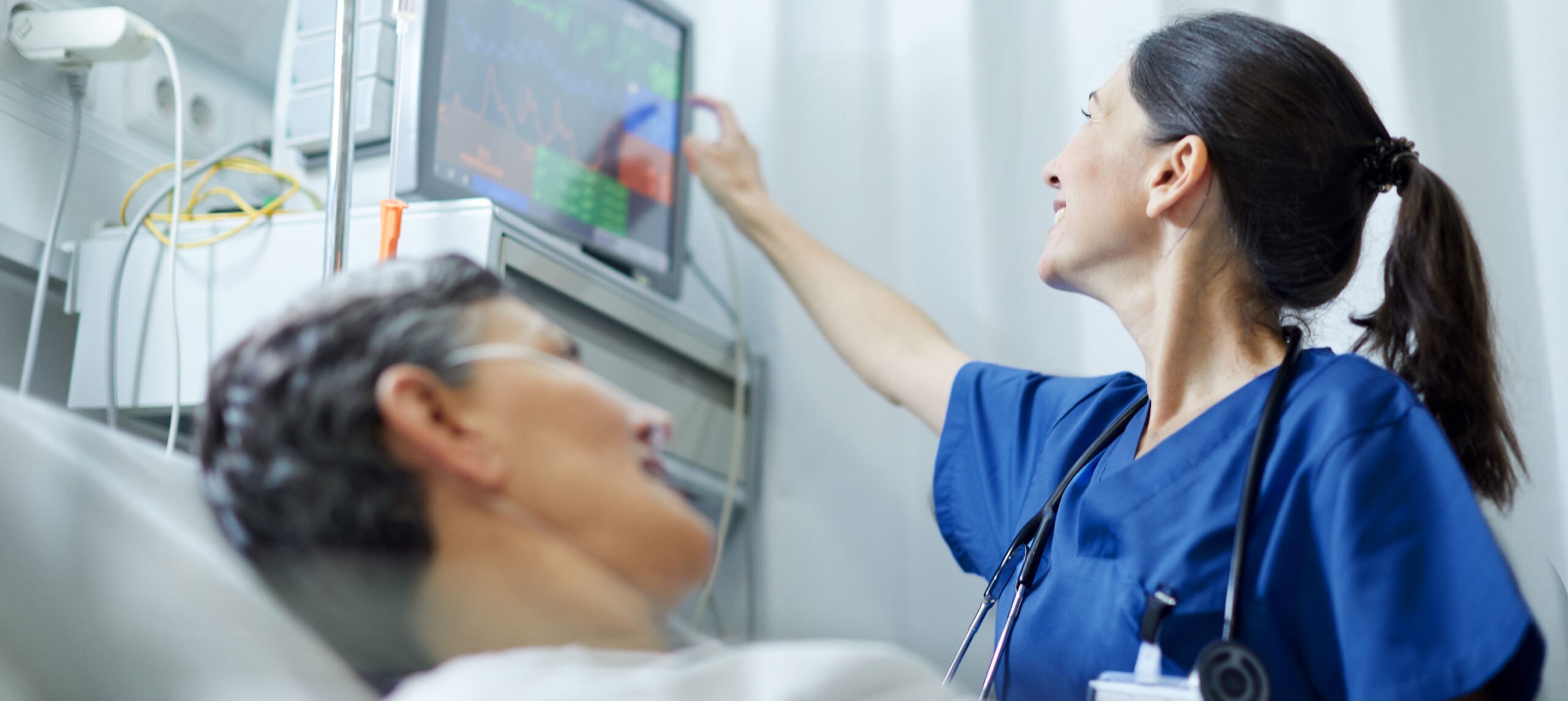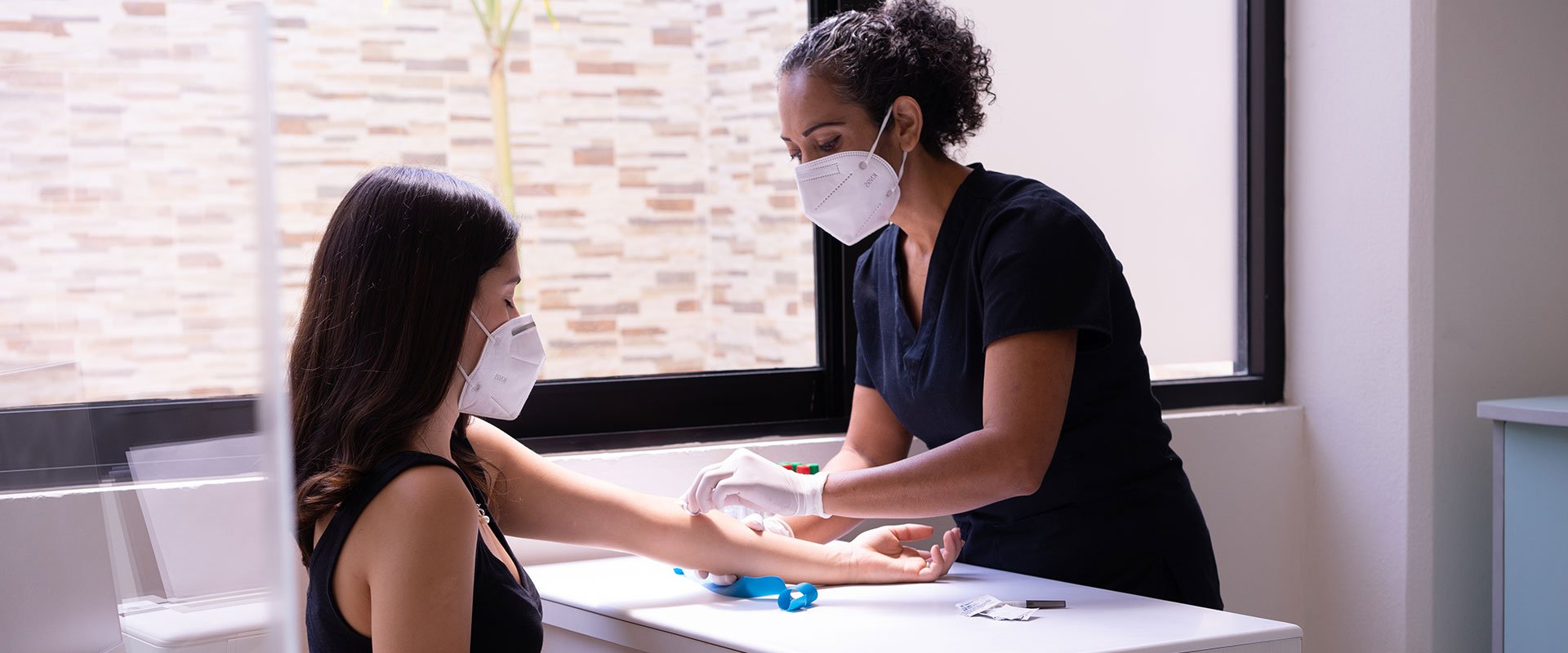Safe staffing ratios along with the other workplace reforms across the state’s health system are vital and must begin in earnest, as new data shows activity inside public hospitals remains extremely challenging.
According to the Bureau of Health Information (BHI), the volume of critically unwell patients attending emergency departments grew during the April to June quarter, with 6,385 triage category 1 (resuscitation) patients up 12.4% and 117,949 triage category 2 (emergency) up 6.2% compared to last year.
NSW Nurses and Midwives’ Association (NSWNMA) General Secretary, Shaye Candish, said alleviating the pressures on staff who are trying to deliver emergency care was well overdue.
“Ambulance responses were the highest on record, and one in 10 patients spent longer than 11 hours in the ED – the longest of any April to June quarter on record. This is an ongoing concern for staff, but also for community members seeking treatment at their local hospital,” said Ms Candish.
“We desperately need our metropolitan and regional hospitals to be staffed with the right number of skilled emergency nurses on each shift. Until the government tackles these issues, fills the widespread staffing vacancies and improves working conditions, our members will be under strain.”
NSWNMA Assistant General Secretary, Michael Whaites, said this was why the government’s commitment to safe staffing ratios was so important and must ensure the upcoming state budget spreads the reforms across as many workplaces as possible.
“This cannot come soon enough. Investment is needed in our skilled nursing workforce, which still suffering from widespread burnout and fatigue. We know 60,787 patients left EDs without or before completing treatment during the April to June quarter, this needs to improve,” said Mr Whaites.
“Hospital stays were longer at 6.3 days, while a massive 60,499 elective surgeries were performed, up 12.6% compared to the same quarter last year, yet we still had more than 94,000 patients on the waiting list at the end of June – it’s very tough.
“We are continuing to highlight our members’ concerns with the government and insisting on other reforms to bolster the nursing and midwifery workforce.”
Meanwhile, the BHI’s Adult Admitted Patient Survey 2022 indicated ongoing challenges during hospital stays, with most performance results lower than in 2021. When asked about hospital care, a percentage of patients treated at Bankstown-Lidcombe, Campbelltown and Wollongong hospitals rated their overall care significantly lower than the NSW result.








